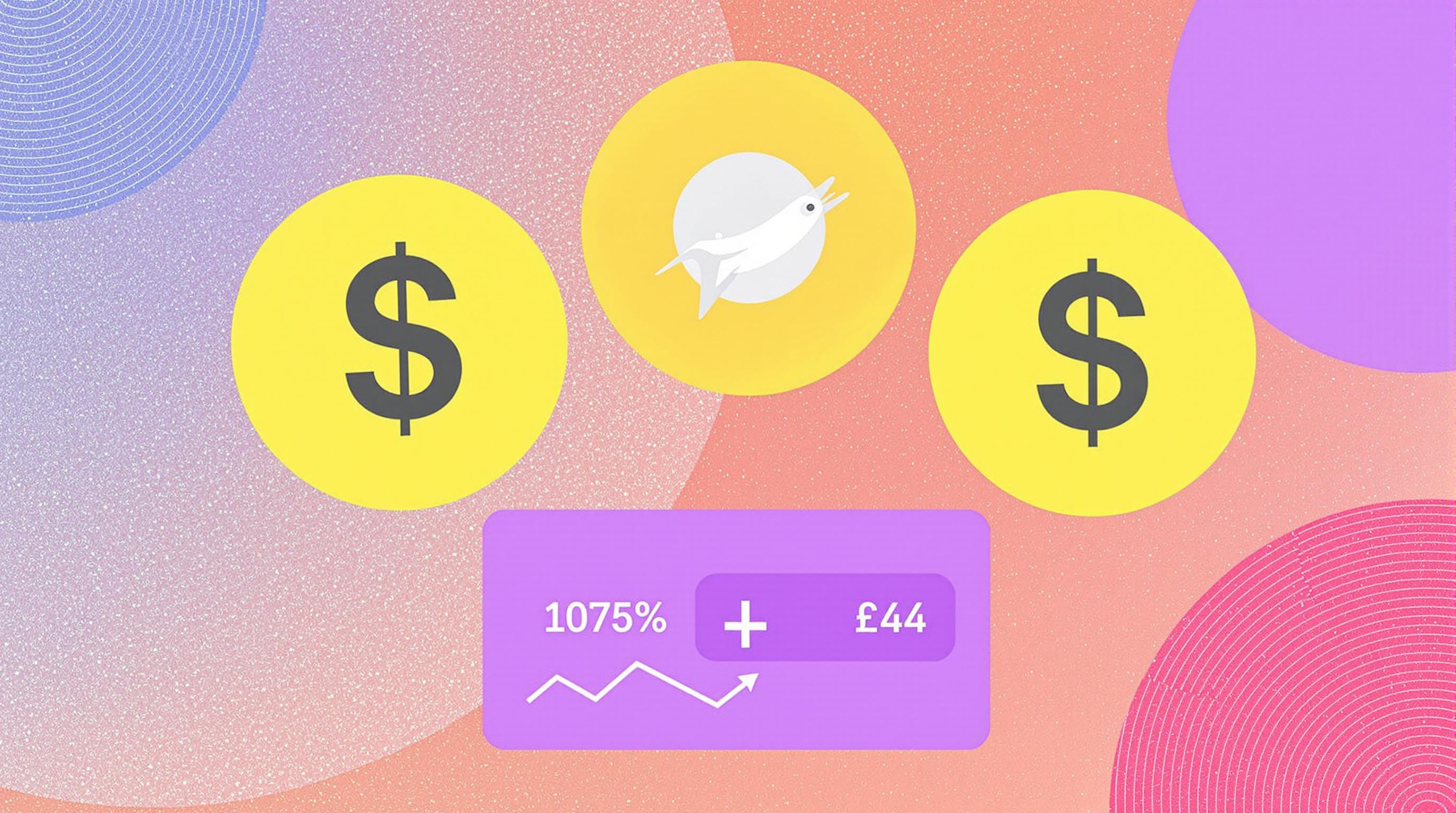Related Articles
- When Creditors Turn Aggressive: Navigating the Legal Gray Zones of Unconventional Debt Collection Practices
- Top 7 Innovative Credit Tracking Apps From the Past Five Years That Are Redefining Financial Control
- How Shifting Debt Across Cards Influences Consumer Behavior Patterns Few Analysts Ever Consider
- Top 5 Lesser-Known Debt Management Apps From the Last 5 Years That Actually Outperform Classic Snowball Methods
- Unlocking the Quiet Power of Micro-Investments in Alternative Assets to Shift Your Financial Reputation Gradually
- 7 Revolutionary Secured Loan Solutions Debuting Since 2019 That Tackle Risk Differently and Boost Borrower Confidence
Top 6 Emerging Financial Tools Since 2019 Revolutionizing How You Tackle Debt One Step at a Time
Top 6 Emerging Financial Tools Since 2019 Revolutionizing How You Tackle Debt One Step at a Time
Since 2019, innovative financial tools have radically transformed personal debt management by simplifying repayment processes and enhancing user engagement. This article explores six groundbreaking tools that invite users to tackle debt in manageable steps, blending technology and behavioral science for better financial health.
1. Debt Avalanche Meets AI: Tally's Intelligent Credit Line Refinancing
Imagine a tool that not only consolidates your credit card debt but also automates repayments with AI precision. Tally, launched in late 2019, offers exactly that. This fintech app functions as a credit line for paying off high-interest credit card balances, using algorithms to prioritize repayments across cards, essentially combining the popular debt avalanche method with machine learning.
For example, Jane, a 35-year-old marketing executive, accumulated $15,000 in credit card debt spread over four cards with varying interest rates. By using Tally, she reduced her average interest rate from 22% to 12% and paid off her balance 18 months ahead of schedule. This tool works quietly in the background, calculating the optimal payment amount and timing so you don’t have to stress.
Notably, behavioral scientists have praised Tally’s design for reducing decision fatigue, a known barrier in debt repayment adherence. Over 600,000 users reported increased on-time payments after integrating Tally into their financial routines, according to company data (Tally, 2023).
2. Digit’s Automated Micro-Payments: The Small Wins That Snowball
In a casual chat about money management, my 22-year-old cousin once told me how she felt overwhelmed by her $8,000 student loan debt. Enter Digit, an app that makes financial discipline almost effortless by scanning users’ bank accounts and automatically saving small sums when feasible. These micro-deposits — sometimes just $5 here, $10 there — accumulate steadily over time.
What's magical is how Digit integrates with debt repayment strategies, letting users direct these savings toward any type of debt. Studies show small wins, repeated consistently, enhance motivation (Duckworth & Gross, 2014). In financial terms, it's psychology meets automation.
Digit has helped users save over $225 million since its inception, and testimonials abound of how debt balances suddenly felt less daunting due to this steady trickle of payments. It’s like having a personal cheerleader who quietly funds your debt relief plan.
3. Conversational Finance: Doing Debt with AI Chatbots
If only debt management could talk back to you like a friendly advisor! That’s the premise behind apps leveraging AI chatbots, such as Cleo and Olivia. These chatbots use natural language processing to engage users in a conversational tone about their finances, demystifying budgeting and debt payoff.
Take Cleo, which launched its debt-related features in 2020 and quickly amassed over 1.5 million active users. A study from 2022 noted that 48% of Cleo users reported better budgeting habits within three months of use, attributing this improvement to the app's conversational reminders and personalized nudges.
From a humorous standpoint, Cleo injects humor into interactions, reducing financial stress and boosting adherence to debt goals. For young adults, this can be a game-changer, making finance less intimidating and more engaging.
4. Storytelling with Real Users: How BeeDebt Changed Alex’s Financial Life
Let me tell you a story about Alex, a 48-year-old software engineer, who faced crushing credit card debt and student loans. Despite various attempts, Alex struggled to stay on track. Then in 2021, Alex discovered BeeDebt, a repayment app that gamified debt payoff through challenges and community support.
BeeDebt provides visual progress trackers and rewards for milestones, building a social network where users share success stories. Alex found motivation through the community, especially appreciating the app’s reminder that he wasn't alone.
Within 18 months, Alex reduced his total debt from $40,000 to $18,000, thanks to consistent adherence inspired by recurring rewards. This hands-on example underscores how combining gamification and social proof creates a fertile ground for financial transformation.
5. The Rise of Buy Now, Pay Later (BNPL) Platforms: Empower or Ensnare?
Ah, BNPL platforms - the double-edged swords of modern finance. Since 2019, players like Klarna and Afterpay exploded in popularity among shoppers eager to spread purchases over incremental payments. But did you know these tools also hold potential for managing existing debts?
Though some experts warn BNPL can lead to deeper indebtedness, strategic use can assist in structured repayment. For example, users who refinance small amounts of credit card debt onto interest-free BNPL plans can buy time and focus on larger debts first. According to a 2022 report by the Consumer Financial Protection Bureau (CFPB), over 30 million Americans use BNPL services, primarily aged 18-34.
However, the appeal lies in discipline — avoiding skipped payments or accumulating penalties. It’s a balancing act: these platforms can be revolutionary if wielded thoughtfully but risky in hands lacking financial literacy.
6. Robo-Advisors for Debt: Precision Guidance and Planning
Enter the era of robo-advisors—not just for investing but for debt repayment planning. Services like SoFi and Betterment introduced debt management features post-2019, blending personalized financial projections with automated adjustments based on user behavior.
For instance, SoFi’s platform allows users to see different payoff scenarios — snowball versus avalanche methods — with clear visualizations of how each impacts overall interest and payoff time. The platform can then automatically reallocate funds based on spending patterns.
A 2023 survey indicated that users following robo-advisor-generated debt plans improved their credit scores by an average of 30 points within one year, showcasing their effectiveness in delivering actionable insights tailored to individual needs.
Wrapping this all up, the revolution in personal finance tools since 2019 is profound. Whether harnessing AI, automation, social engagement, or gamification, these six innovative platforms provide a fresh approach to dismantle debt, empowering users of all ages and incomes to regain control one step at a time.




